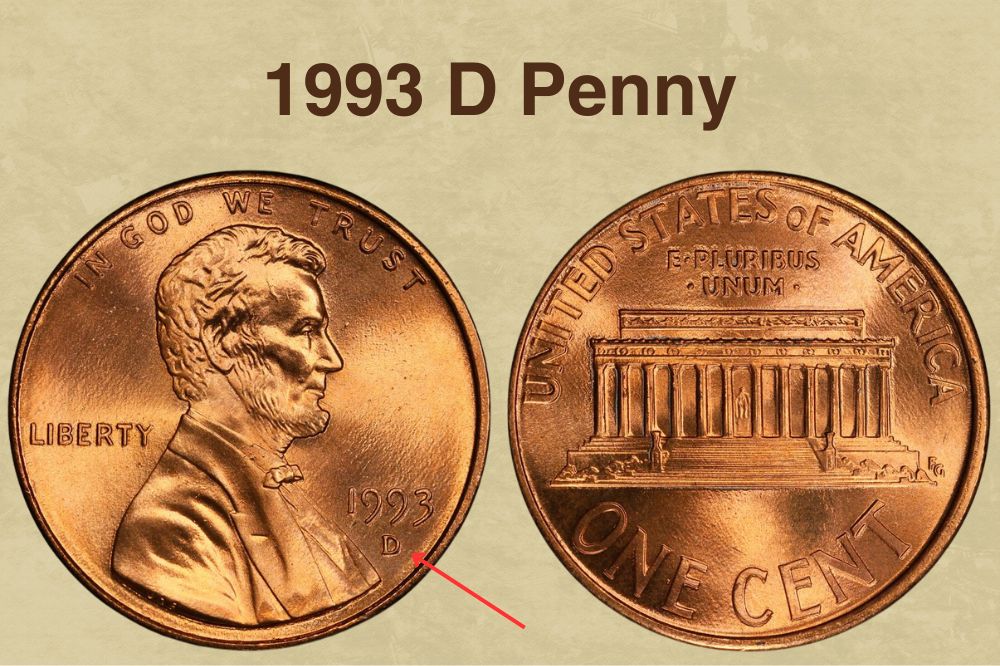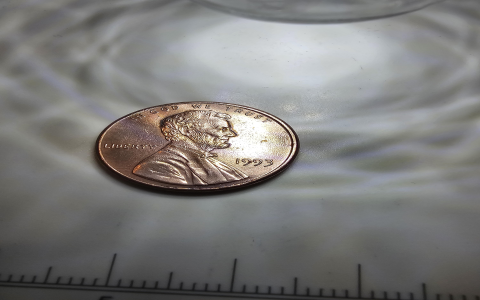Alright, let me tell you about my little adventure with a 1993 D penny. It’s not a get-rich-quick story, spoiler alert, but it was a bit of a journey, you know?

So, I was just going through some old change the other day, you know, the jar where all the loose coins end up. And I picked out this one penny. Looked pretty ordinary. It had “1993” on it, and a little “D” under the year. And I thought, “Huh, I wonder if this thing is worth more than just, well, one cent.” Sometimes you hear stories, right?
My curiosity got the better of me. So, I hopped on the computer. Didn’t do anything fancy, just typed “1993 D penny value” into the search bar. First thing I learned pretty quick was that they made a LOT of these pennies in 1993 at the Denver Mint. We’re talking hundreds of millions, maybe more. So, right off the bat, it’s not looking like a super rare coin.
Digging a Little Deeper
Then I started seeing stuff about “condition.” This seemed to be a big deal. If your penny is all banged up, scratched, and looks like it’s been around the block a few times – which, let’s be honest, most of them have – then it’s not going to be worth much. The “D” just means it was made in Denver, which is common for that year.
I took a closer look at my penny. Yeah, it had definitely seen better days. It wasn’t terrible, but it wasn’t shiny and new like it just came from the bank. It had its share of little nicks and the color was a bit dull. Pretty standard for a coin that’s almost 30 years old and been jangling in pockets and tills.
So, for a regular, circulated 1993 D penny, the kind you’d find in your pocket change? It’s pretty much worth… one cent. Maybe two cents if someone really needs a 1993 D penny for a collection and yours is a bit nicer than average. But we’re not talking about breaking the bank here.

So, Are ANY 1993 D Pennies Valuable?
Now, I did find out that there are always exceptions. Here’s what I gathered could make one worth more:
- Being in perfect condition: Like, if it was never circulated and looks absolutely pristine. These are called “uncirculated” or “mint state.” Collectors pay more for these, especially if they’re graded by a professional service. Even then, for a common date like 1993 D, it might be a few bucks, not a fortune.
- Error coins: This is where things get interesting, but also super rare. If the penny has some kind of mistake from when it was made – like it was struck off-center, or has a doubled image (they call it “doubled die”) – then it could be worth a lot more. But finding one of these is like winning a small lottery. Very unlikely for the average person just sifting through change.
- Specific rare varieties: Sometimes there are subtle differences in coins from the same year and mint that make a particular version rarer. I didn’t find anything super special noted for the 1993 D in my quick look, beyond the usual desire for high-grade examples or major errors.
So, after all that, my 1993 D penny went back into the change jar. It wasn’t a hidden treasure. But hey, it was kinda interesting to spend a little time looking it up. It’s always fun to learn a little something, even if it doesn’t make you rich. Makes you look at your pocket change just a little bit differently, you know?
